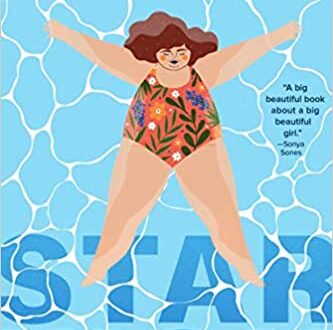General
-
Wild River
Newbery Honor author Rodman Philbrick sends readers rushing down a raging river on a life-or-death adventure when a white water rafting trip goes terribly wrong!
Daniel Redmayne is fast asleep on the first night of a white water rafting trip, when he’s awoken by screams. The dam has failed. The river is surging, and their camp will be under water in a matter of moments.
As the shrieking roar of the river rushes closer, the kids scramble to higher ground. They make it; their counselors do not.
Now they’re on their own, with barely any food or supplies, in the middle of the Montana wilderness. Do Daniel and his four classmates have what it takes to stay alive until they can get rescued? Alone in the wild, they forge powerful bonds — but develop dangerous disagreements. If nature doesn’t break them, they might just destroy each other.
This gripping survival story from the Newbery Honor author of Wildfire is filled with adrenaline-pumping adventure and moments of true bravery.
For readers 9-12
-
Cinder (The Lunar Chronicles Book 1)
Author Marissa Meyer brings you a rousing tale that you are going to love.
Humans and androids crowd the raucous streets of New Beijing. A deadly plague ravages the population. From space, a ruthless lunar people watch, waiting to make their move. No one knows that Earth’s fate hinges on one girl. . . .
Cinder, a gifted mechanic, is a cyborg. She’s a second-class citizen with a mysterious past, reviled by her stepmother and blamed for her stepsister’s illness. But when her life becomes intertwined with the handsome Prince Kai’s, she suddenly finds herself at the center of an intergalactic struggle, and a forbidden attraction. Caught between duty and freedom, loyalty and betrayal, she must uncover secrets about her past in order to protect her world’s future.
This is a great read for kids 10 and up.
-
Becoming: Adapted for Young Readers
Michelle Robinson was born on the South Side of Chicago. From her modest beginnings, she would become Michelle Obama, the inspiring and powerful First Lady of the United States, when her husband, Barack Obama, was elected the forty-fourth president. They would be the first Black First Family in the White House and serve the country for two terms.
Growing up, Michelle and her older brother, Craig, shared a bedroom in their family’s upstairs apartment in her great-aunt’s house. Her parents, Fraser and Marian, poured their love and energy into their children. Michelle’s beloved dad taught his kids to work hard, keep their word, and remember to laugh. Her mom showed them how to think for themselves, use their voice, and be unafraid.
But life soon took her far from home. With determination, carefully made plans, and the desire to achieve, Michelle was eager to expand the sphere of her life from her schooling in Chicago. She went to Princeton University, where she learned what it felt like to be the only Black woman in the room. She then went to Harvard Law School, and after graduating returned to Chicago and became a high-powered lawyer. Her plans changed, however, when she met and fell in love with Barack Obama.
From her early years of marriage, and the struggle to balance being a working woman, a wife, and the mom of two daughters, Michelle Obama details the shift she made to political life and what her family endured as a result of her husband’s fast-moving political career and campaign for the presidency. She shares the glamour of ball gowns and world travel, and the difficulties of comforting families after tragedies. She managed to be there for her daughters’ swim competitions and attend plays at their schools without catching the spotlight, while defining and championing numerous initiatives, especially those geared toward kids, during her time as First Lady.
Most important, this volume for young people is an honest and fascinating account of Michelle Obama’s life led by example. She shares her views on how all young people can help themselves as well as help others, no matter their status in life. She asks readers to realize that no one is perfect, and that the process of becoming is what matters, as finding yourself is ever evolving. In telling her story with boldness, she asks young readers: Who are you, and what do you want to become?
For readers 10-14.
-
Butter and Tortillas
Want to make a fun snack? How about making your own tortilla and slathering it with homemade butter? Here’s how:
BUTTER:
Butter only needs one ingredient: heavy whipping cream. You will also need a glass jar with a tight lid. You can use a clean, dry baby jar, or a canning jar with a lid and ring.
No matter what size jar you use, only fill it up halfway with the cream.
Tighten the lid securely and start to shake it as hard as you can for as long as you can. It might take over ten minutes to separate into butter and buttermilk (the liquid left over), so it helps to have some friends over so you can trade off shaking. Maybe set a timer and challenge your friends make up silly words to a song while you shake, shake, shake. Dancing helps!
It might not look like anything is happening for a while, but soon enough you will see a lump forming in the liquid. Keep shaking until there is a clear separation of butter and liquid.
Once the separation has happened, pour off the liquid (or save it for another recipe that calls for buttermilk, like biscuits!). You can mush in a little salt to the butter, so it has more taste.
Now it’s time to make tortillas!
TORTILLA:
Ingredients:
2 cups masa harina (a special corn flour)
½ tsp. salt
1 ¼ cups warm water
In a medium bowl, stir the masa and salt together. Then pour the warm water in and stir until it is mixed and smooth. Cover your dough with plastic wrap and set it aside for about 30 minutes.
Take the dough and divide it into 12 pieces and roll them into balls.
This part needs someone who is safe to use and supervise the stove.
Heat a cast iron skillet until it is very hot. Take one dough ball at a time and flatten it out with your hands, pressing the heel of your hand in a circle so the dough looks like a tortilla.
Cook them one at a time for 1 to 2 minutes on each side. The edges should be a little brown. Do this one by one, keeping the warm tortillas folded in a cotton dish towel.
-
Pack Horse Librarians
Can you imagine riding your horse or mule over 100 miles each week, crossing steep terrain, hooves slipping on treacherous footing on barely discernable trails, perhaps with drop-offs hundreds of feet just beside you? Yikes! How about crossing icy waters that made your boots freeze to your stirrups—all the while packing up to 100 books and hoping that your horse didn’t trip on submerged rocks and dump you into the water? What if you rounded a turn and came face-to-face with a wild animal?
That’s exactly what librarians braved in the early 1900’s through 1943. The dedicated women of The Pack Horse Library Project delivered books to families in remote areas of the Appalachian Mountains where there was no access to books. Because of these women and their equine partners, children and their parents were able to expand their knowledge of the world. Books lit up their imaginations, allowing them to dream of possibilities that they might never have known otherwise. Some families even began donating recipes and quilting patterns to share, bringing families miles away closer to each other in friendship.
I found this information and much more on a Wikipedia link—more information than I could share here.
I can hardly believe that 63 counties in Kentucky had no libraries at all when today we can buy and borrow books via our computers and tablets within seconds.
There were abundant challenges for the Pack Horse Women and for their trusted equines. The women received paychecks, but I suspect that their reward came from seeing the shining faces of families as they sorted through new selections of books. I can hear the shouts of joy when someone found just the book they wanted. If it was me, I would’ve been looking for any ‘horse book’ first—of course.
I encourage researching the Wikipedia page to learn more about these dedicated librarians and to find links to books written on this subject, including The Giver of Stars, a historical fiction Best Seller for which Universal Pictures has purchased movie rights.
In the meantime, I think I’ll head out back to see my horses and tell them about how their ancestors helped expand the world of readers back in the day. They always like a good story.
-
Rowley Jefferson’s Awesome Friendly Spooky Stories (Diary of an Awesome Friendly Kid)
Scare yourself silly with Rowley Jefferson’s Awesome Friendly Spooky Stories by Jeff Kinney, the #1 international bestselling author of Diary of a Wimpy Kid!
Grab a flashlight, crawl under the covers, and dive into the twisted, unexpectedly hilarious world of Rowley Jefferson’s imagination. You’ll meet zombies, vampires, ghosts, and much more in these comically terrifying tales.
Rowley’s spooky stories might leave you laughing, but beware—you could end up sleeping with the lights on!
And don’t miss Rowley Jefferson’s first two awesome friendly books, the instant #1 bestsellers Diary of an Awesome Friendly Kid: Rowley Jefferson’s Journal and Rowley Jefferson’s Awesome Friendly Adventure!
For readers 8-14.
-
Ben Yokoyama and the Cookie of Doom (Cookie Chronicles)
Meet Ben, a literal-minded kid with a big heart and an even bigger sweet-tooth, who cracks open a fortune cookie and discovers that TODAY might be his last day on Earth! Perfect for fans of DIARY OF A WIMPY KID or THE TERRIBLE TWO.
Live each day as if it were your last.
When Ben reads his fortune-cookie fortune, he’s alarmed and inspired. Immediately, he begins drafting a bucket list of unfinished tasks and lifelong dreams (finish his 1000-piece model of the Taj Mahal, eat an entire cake, etc….). As Ben marches himself in and out of trouble, takes useful risks, and helps both his parents to see the bigger picture, readers discover how something that seems scary can instead be empowering–leading to friendships that might never have been made, neighbors that might never have been known, and apple pies that might otherwise never have been baked.
Written by Matthew Swanson and illustrated by Robbi Behr this is for readers 8-12.
-
The Snow Queen
I have always loved all kinds of fairy tales, and even as a grown-up I have an extensive collection of them from around the world. There are many I cherish, but by far my favorite has always been The Snow Queen by Danish author Hans Christian Andersen. I’m not the only one who loves this story. It has been told in many forms from plays, ballets, operas, and even a video game.
It is the story of a little boy and girl who grow up next to one another and are very close. But the boy is struck by a very tiny and evil splinter in his eye and his heart. It makes him cold and mean. His vision is twisted so he only sees the evil in people. While out in the snow playing with his friends, he is taken by the Snow Queen to her Ice Palace, far up north. The girl travels for a very long time and over many lands to find him. Her tears of joy and sadness melt his heart and wash away the splinters. They are reunited and he is able to love her again.
What captivates me the most every time I reread this story is the steadfast love the little girl has for her friend. She must escape the eternal Spring of a witch, convince a Robber Girl to help her, and travel on the back of a reindeer to a cold and scary Ice Palace. But she never wavers in her journey to save him.
I would like to think I would do the same for those I love. My family and friends are the most important part of my life, and even if they were somehow hit by a flying splinter of a magical mirror that makes them see the world in a twisted way, I would love them anyway. I would never give up on them.
-
Starfish
Ellie is tired of being fat-shamed and does something about it in this poignant debut novel-in-verse by author Lisa Fipps
Ever since Ellie wore a whale swimsuit and made a big splash at her fifth birthday party, she’s been bullied about her weight. To cope, she tries to live by the Fat Girl Rules–like “no making waves,” “avoid eating in public,” and “don’t move so fast that your body jiggles.” And she’s found her safe space–her swimming pool–where she feels weightless in a fat-obsessed world.
In the water, she can stretch herself out like a starfish and take up all the room she wants. It’s also where she can get away from her pushy mom, who thinks criticizing Ellie’s weight will motivate her to diet. Fortunately, Ellie has allies in her dad, her therapist, and her new neighbor, Catalina, who loves Ellie for who she is. With this support buoying her, Ellie might finally be able to cast aside the Fat Girl Rules and starfish in real life–by unapologetically being her own fabulous self.
This is for readers 10-13
-
Lady’s Blue Ribbon
She was a little girl’s dream horse—a deep golden palomino with three white socks, a diamond star on her forehead, a white strip streaming like a comet tail down her delicate face. Her mane and tail were silky white. She was so perfect—she looked like a Barbie Doll horse.
She loved to be groomed and petted and fussed over. She loved to compete in horse shows, where she always tried to be perfect—and almost always was. She practiced and trained at home and performed just that way when at shows—relaxed and confident, not a bundle of nerves (like I sometimes was).
 Yep, that was my darling Lady Diamond Cut. I wasn’t a little girl anymore but I felt like one whenever I spent time with her. Which was almost always.
Yep, that was my darling Lady Diamond Cut. I wasn’t a little girl anymore but I felt like one whenever I spent time with her. Which was almost always.One day at a show I discovered something very endearing about Lady.
That day, the officials changed the order in which they announced awards. Instead of starting with first place they started with the lower-place ribbons.
Lady and I were lined up with the other riders at the end of our first class. The announcer began to call out the placings—eighth, seventh, sixth. Smiling contestants rode their horses forward and accepted their ribbons.
About the time fifth place was announced, I noticed that Lady had been watching each of the horses and riders called forward, then swinging her head left and right, considering each of the horses remaining in the line-up.
At fourth place she moved a hoof restlessly, then stomped. So unlike her to do so.
I leaned forward and stroked her neck. “What’s up, Lady?”
She blew air out of her nostrils forcefully when the next rider was called forward.
Then I knew what was up.
Used to being called out first or second, Lady couldn’t understand why she was still in the line-up. When we were finally called forward to accept our first place prize and blue ribbon, she eagerly stepped forward.
Could Lady tell the difference in the color of the ribbons? I don’t know. But she sure understood what it meant when we were awarded a prize. As the day progressed Lady stood quiet and confidently in the line-up until they announced us in the higher places.
This story may seem fanciful but I assure you it’s true. There’s so much about our wonderful horses, their thoughts and their feelings and more, that we can learn about and appreciate.
Even though I’ve had some of my horses for more than fifteen years, I have no doubt they are wondering how much longer it will take for me to really know them.
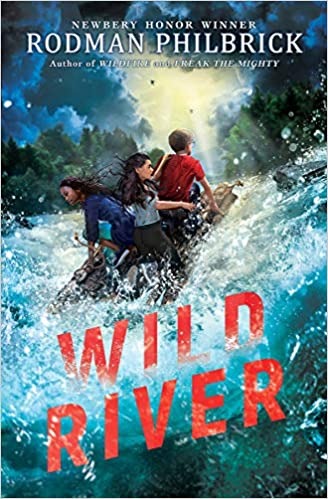
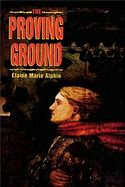
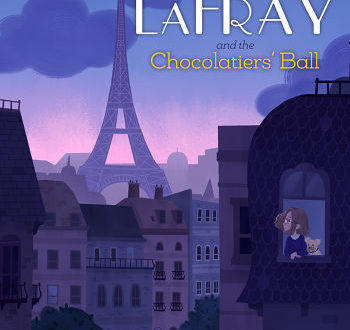
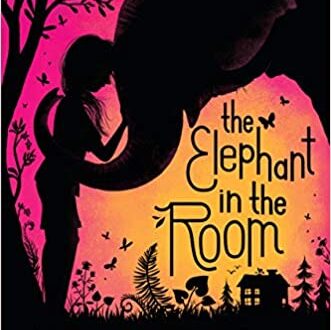
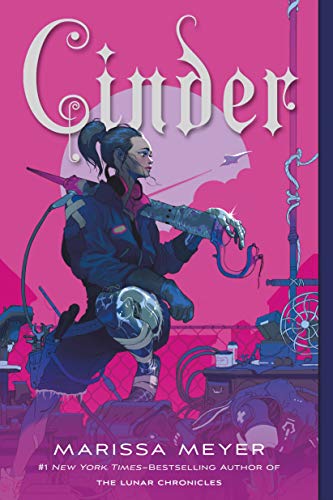
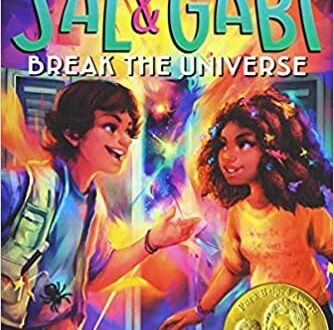
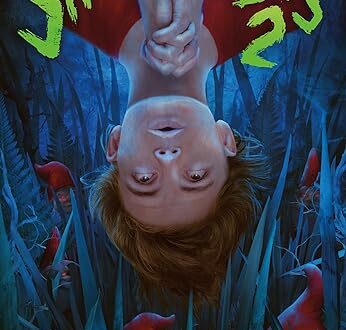
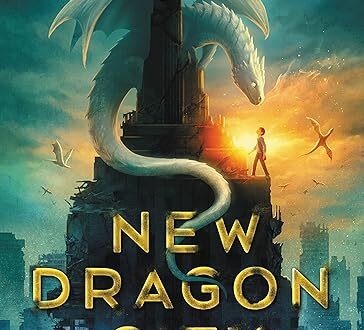

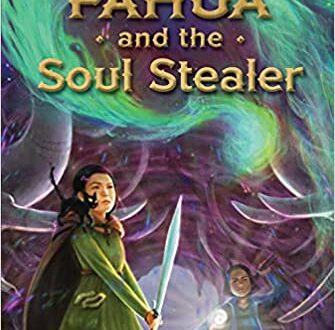
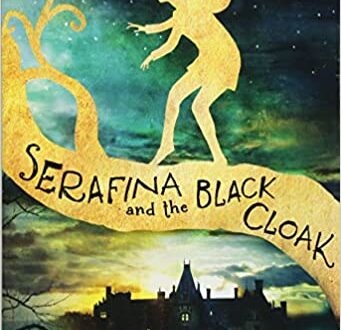
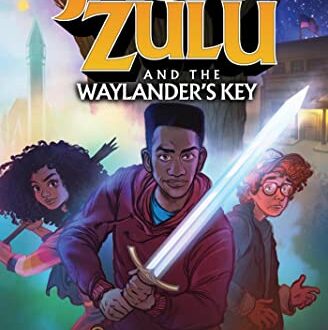

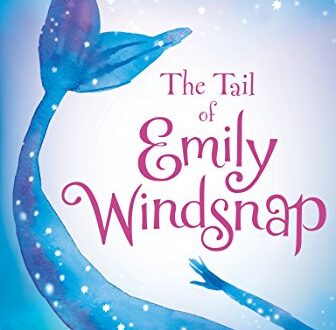

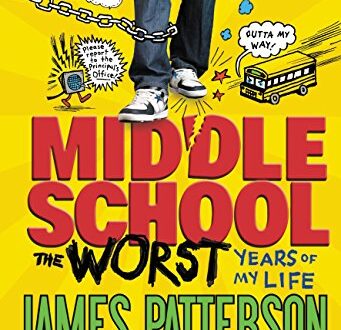
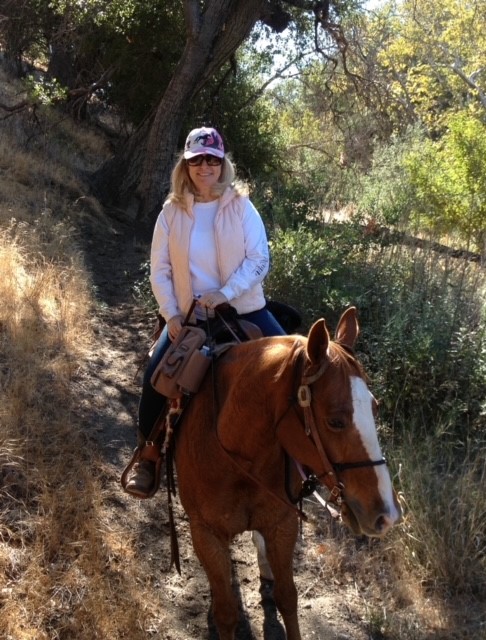
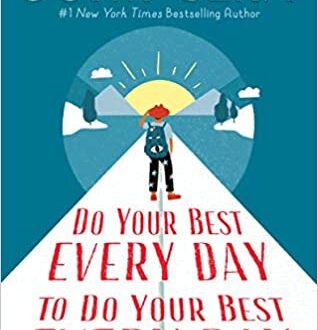


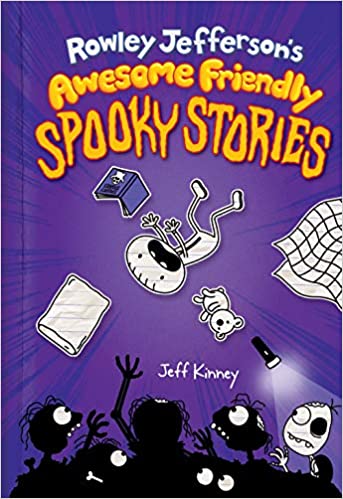

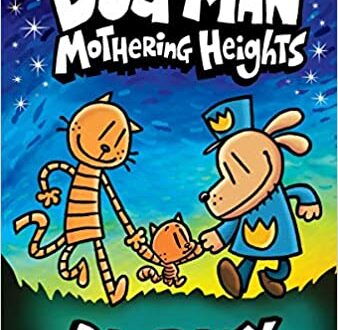
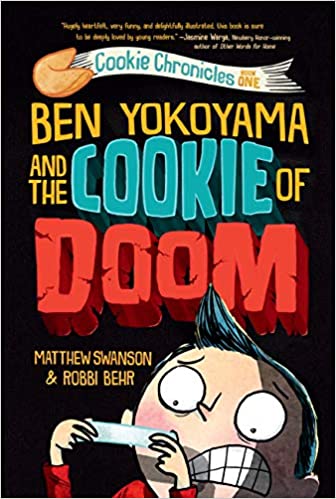
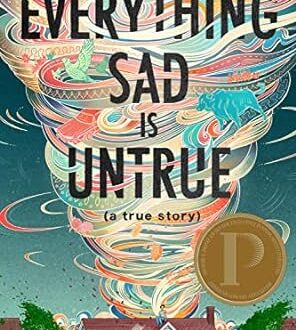
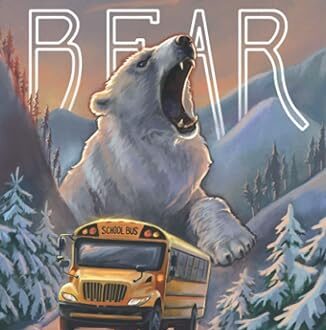
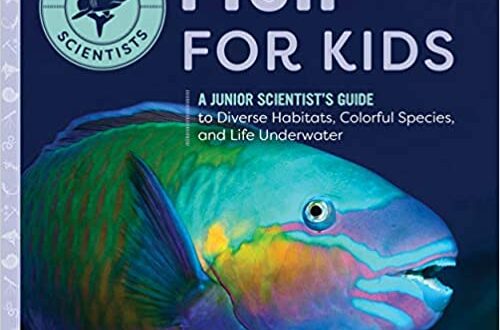
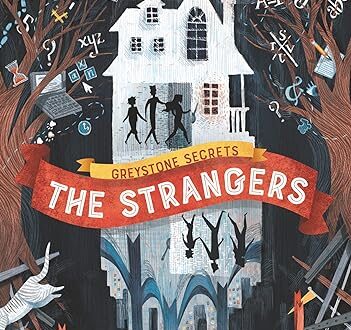
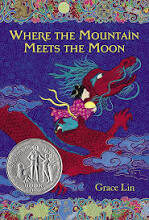

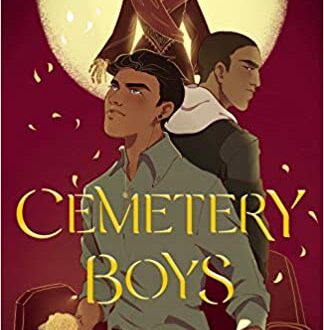

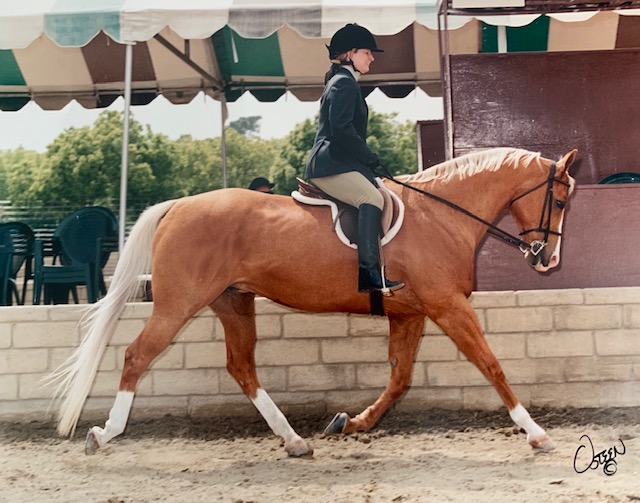
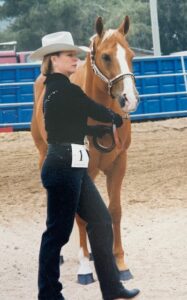 Yep, that was my darling Lady Diamond Cut. I wasn’t a little girl anymore but I felt like one whenever I spent time with her. Which was almost always.
Yep, that was my darling Lady Diamond Cut. I wasn’t a little girl anymore but I felt like one whenever I spent time with her. Which was almost always.